It’s tough waiting for all of our planning and other preliminaries to be resolved before we can build anything. We’re not even able to construct rain-water harvesting systems to enable us to grow on the land at this point. One consolation has been the chance to use the first permaculture principle, OBSERVE and INTERACT.
For at least 6 months during COVID-19 lockdown, we were physically separated from the land and relied on our powers of recall (with some help from Google Earth) to visualise our interactions with it. We had only recently discovered that we had purchased more than we had realised in the form an area of woodland at the end of the plot. This was a truly exciting discovery – we had already been discussing how we might create our own woodland on the land we had. Now we realised, there was way more to understand about this land we were now guardians of. On our many walks during lockdown-permitted exercise sessions, we would try to imagine how the woodlands would look over the next 6 months. Until we could actually see it, we relied on visualisation and anticipation.
When we finally saw it for the first time, we were slightly taken aback. First impressions were that it was a dying, flooded, wasteland. Second impressions were a more physical reminder that exploring this piece of woodland would not be for the faint-hearted. Even in summer, it was wet…very wet, and shoe sucking bog lurked where you least expected. Undergrowth was at the stinging, thorny and dense end of the spectrum. All I can say is that our first attempt to reach the river was challenging, at times painful and muddy but ultimately, SO rewarding (later we discovered an easier, dry route to reach the lovely stream). The other discovery of note was that what we really had was a precious wet woodland. After further research we realised the responsibility and privilege this fact bestowed. According to the woodland trust, wet woodlands are now some of our least common wooded habitats. Trees like alder, willows and birch dominate on wet soils, while sedges, ferns and mosses flourish beneath. The combination of dead wood and damp conditions provides many ecological benefits. Rare insects can be associated water-saturated, decaying wood. Willow tits nest in rotting birch trees in wet woodland. Willow scrub provides cover for birds such as marsh tit and willow tit. Birch and alder woods often favour species like siskin, redpoll and crossbill. Willow supports more species of moths and other insects than any other British tree, except oak. Wet woods also provide cover for mammals such as otter, and support several bat species. Amphibians often flock to woodland ponds, as do their reptile predators!
At this point, it seemed rude not to go hunting (low-impact, camera hunting that is)!
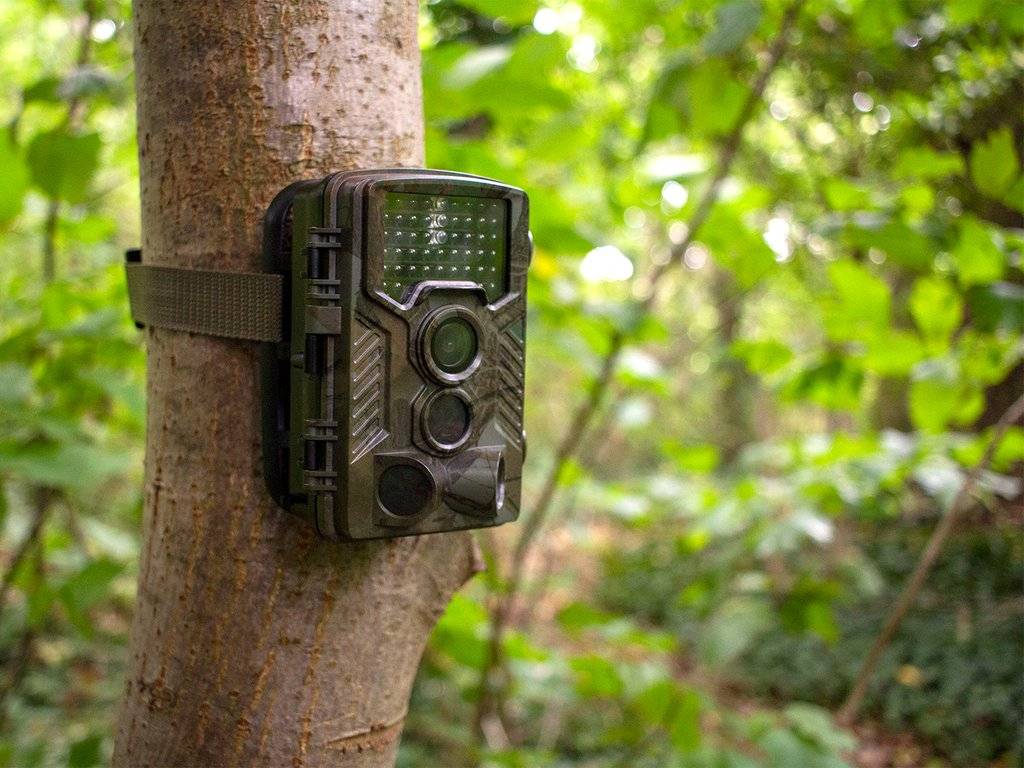 Moreover, now that we are able to be there, we could spend time just observing the changes, understanding the rhythms of the land. The ability to also start identifying the numerous species of wildlife it supports was a beautiful bonus. To facilitate this, we have acquired a night-vision, trail camera and started seeking strategic placements. Our mission? To detect and observe.
Moreover, now that we are able to be there, we could spend time just observing the changes, understanding the rhythms of the land. The ability to also start identifying the numerous species of wildlife it supports was a beautiful bonus. To facilitate this, we have acquired a night-vision, trail camera and started seeking strategic placements. Our mission? To detect and observe.
The results? Mixed. We were bitterly disappointed when our first attempt yielded no more than some rustling leaves on a windy day. After some hasty resetting of the PIR sensitivity and some head scratching on better locations, the results started arriving…so far, no otters, but foxes, field mice, squirrels, rabbits (albeit dead in the mouth of a fox) and numerous species of exhibitionist, stage-hogging birds have come to perform with majestic indifference to the spy-cam. I almost felt like a guilty voyeur. Here are some snaps and video runs. We hope you enjoy.
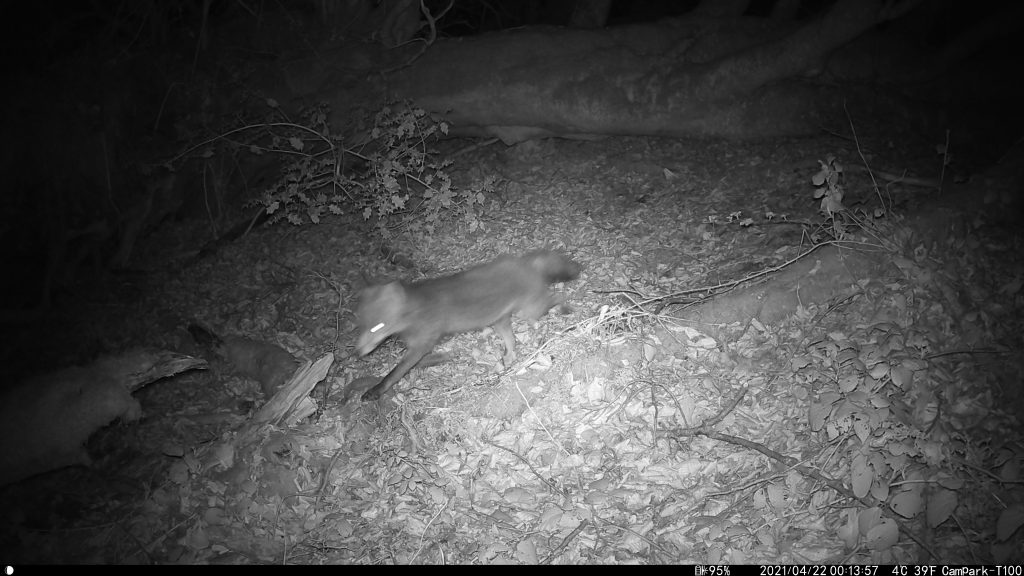
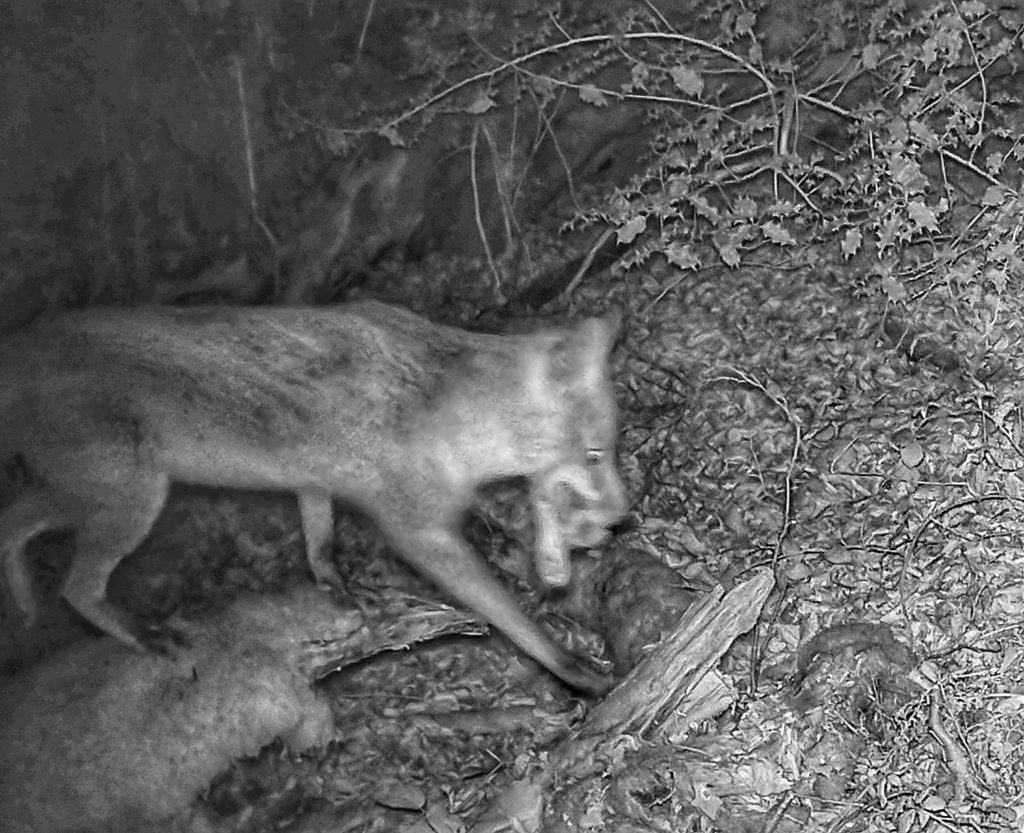
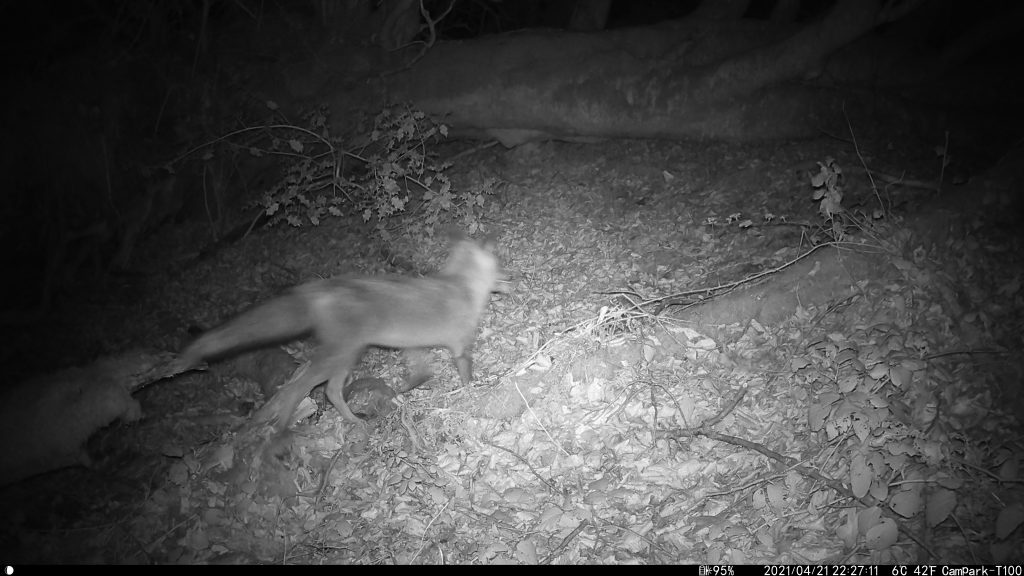
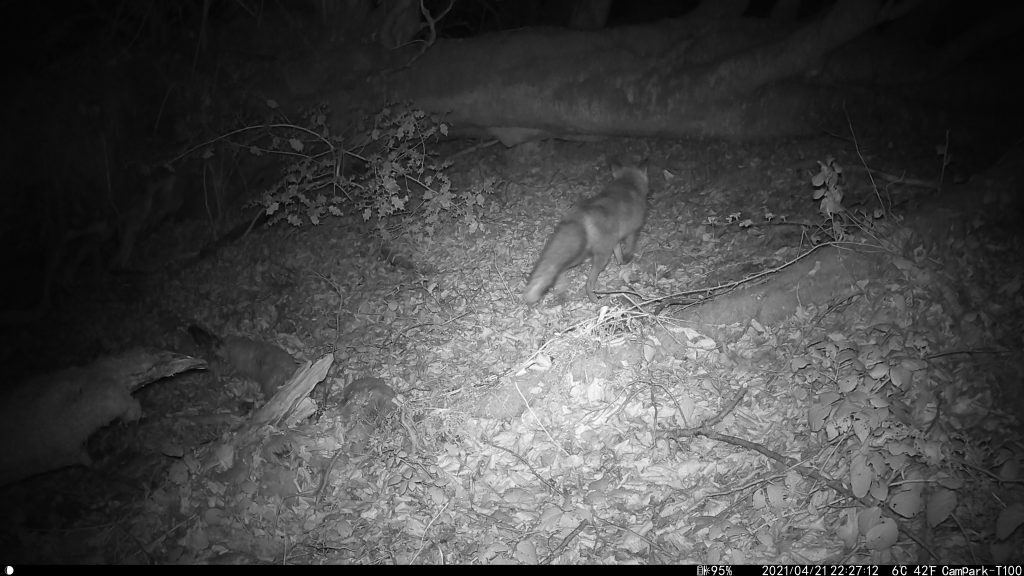
One Response
Let's Try A New Way - Recover Eden
[…] a series on Beekeeping and Bee behaviour. You can view the latest video and images from our night-vision nature-cam. You can follow the life and times of our native Welsh black bees. We will also include a digital […]